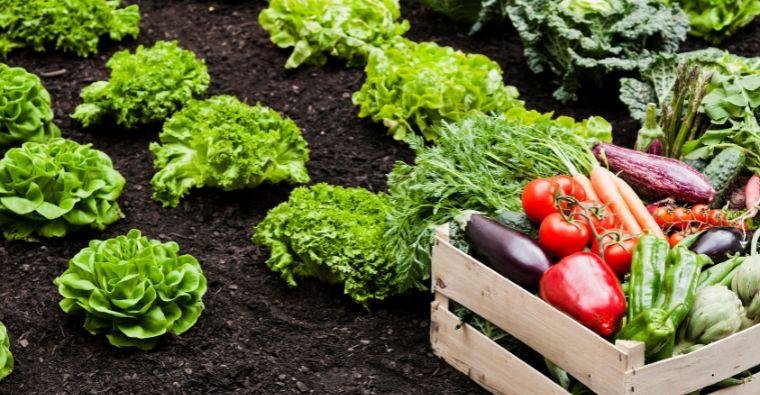What is Comfort Food?
Comfort food is defined by its ability to provide emotional comfort and a sense of well-being. It typically includes dishes that are rich, hearty, and satisfying, often prepared using traditional methods and family recipes. These foods vary widely across cultures, shaped by regional ingredients, historical events, and cultural practices.
The Origins of Comfort Food
The concept of comfort food can be traced back to ancient civilizations, where food was not just sustenance but also a means of nurturing and bonding. In many cultures, communal meals played a vital role in fostering relationships and reinforcing social ties. For example:
Ancient Rome: Romans enjoyed hearty stews and breads, which were often shared among families and friends during festivals and gatherings. These communal meals fostered connections and provided comfort.
Medieval Europe: Pottage, a thick soup made from various ingredients, was a staple in medieval households. It was affordable, filling, and adaptable, allowing families to use whatever ingredients were available, providing both sustenance and comfort.
Regional Variations of Comfort Food
As societies evolved, so did their comfort foods. Each region developed unique dishes that reflected local ingredients, cultural influences, and historical contexts.
United States: In the U.S., comfort food often reflects a blend of cultural influences. Dishes like macaroni and cheese, fried chicken, and meatloaf have become staples, often associated with family gatherings and holiday celebrations. The Great Depression also influenced the rise of comfort food, as people sought affordable meals that provided solace during tough times.
Italy: Italian comfort food is characterized by hearty, rustic dishes. Classics like lasagna, risotto, and polenta are deeply rooted in family traditions and are often associated with Sunday dinners. The concept of "cucina povera," or peasant cooking, emphasizes using simple ingredients to create nourishing meals.
Japan: In Japan, comfort food includes dishes like ramen, udon, and curry rice. These foods often evoke memories of childhood and family meals, providing warmth and familiarity. The Japanese term "iyashi" refers to healing or soothing, which is often associated with comfort food.
India: Indian comfort food varies by region, with dishes like khichdi (a rice and lentil dish) and dal (lentil soup) providing nourishment and warmth. These meals are often prepared with love and shared during family gatherings, reinforcing bonds and traditions.
The Role of Comfort Food in Times of Crisis
Throughout history, comfort food has played a vital role during challenging times, serving as a source of solace and unity. During wars, economic downturns, and personal hardships, people have turned to familiar dishes for emotional support.
World War II: Rationing and scarcity during the war led families to rely on simple, hearty meals. Dishes like shepherd's pie and meat and potatoes became staples, providing nourishment and a sense of normalcy amidst uncertainty.
Pandemic Impact: The COVID-19 pandemic reignited a global appreciation for comfort food as people sought solace in familiar dishes while spending more time at home. Baking bread, cooking family recipes, and sharing meals became essential coping mechanisms during isolation.
The Psychological Impact of Comfort Food
Research has shown that comfort food can have a profound psychological impact, providing a sense of security and happiness. These foods often trigger positive memories and emotions, enhancing overall well-being.
Nostalgia and Memory: Comfort foods often evoke nostalgia, reminding individuals of happier times spent with loved ones. The sensory experience of taste, smell, and texture can transport people back to cherished moments.
Emotional Regulation: Many people turn to comfort food during times of stress or sadness as a way to cope with negative emotions. The act of preparing and sharing these meals can foster a sense of connection and emotional support.
The Future of Comfort Food
As society continues to evolve, so will our understanding of comfort food. The rise of plant-based diets, global culinary influences, and a focus on health-conscious eating are reshaping traditional comfort foods.
Healthier Alternatives: Many chefs and home cooks are reimagining comfort food by incorporating healthier ingredients while retaining the essence of the original dishes. For example, lighter versions of mac and cheese using whole grains and vegetables are gaining popularity.
Fusion Cuisine: The blending of culinary traditions from around the world is leading to exciting new comfort food creations, such as kimchi quesadillas or curry pizza, showcasing the evolving nature of comfort food.




